Welcome to Linus’ new interview series on Headfonia.com! Every two weeks we will publish an interview with an insider of the audio industry. They will give us a little insight on how they started and what they are up to. We are thrilled to be able to share a little something with all of you.
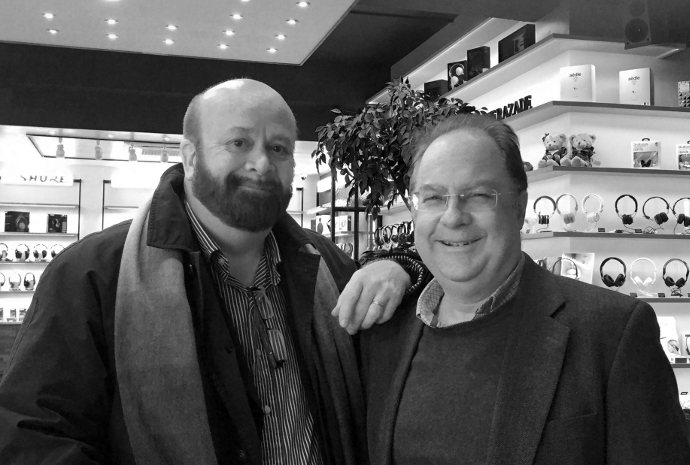
This time we talk to Rob Watts, designer of numerous electronics for Chord Electronics and others!
HFN: Please give us a short introduction about yourself
RW: I have been designing audio electronics since the early 1980’s; my first DAC design was in 1989, which was PDM or a DSD 256 DAC. Because of the limitations of DSD, in 1995 I developed my own DAC using FPGA’s, and invented the pulse array DAC. Then in 1999, the first WTA interpolation filter was implemented with Chord’s DAC 64. This was the first example of digital input to analogue OP being totally my design.
My intent is to improve transparency in the audio chain, so that we can become more emotionally involved with the music, as this is the primary goal.
HFN: You‘re mainly known for working with Chord Electronics, are there any other partners?
RW: Not presently. I have had several digital audio semiconductor clients in the past.
HFN: What was it that got you into audio?
RW: I was always into sound – building my own matchbox radio when I was 12 for use on my paper round. But what drew me into Hi-Fi was hearing my Electronics lecturer’s high-end audio system when I was 16. I could not believe how good direct cut LP’s sounded.

HFN: How committed are you to FPGA technology and why?
RW: I am committed to getting the best sound possible – and that is only achievable with FPGA’s and discrete DAC’s. I understand the issues, having spent 14 years trying to get superior audio performance from silicon – and the reality is that it simply is not possible with silicon chips.
HFN: What is it that fascinates you about electronic design?
RW: Of course, I like electronic design – but what really fascinates me is how minute distortions can be highly audible. Once those imperfections are discovered, then I must often go to extreme lengths to minimize the problem so that it does not affect sound quality. It’s the extreme sensitivity that the ear/brain has; this makes a myriad of tiny errors become very important. It’s the diversity and richness of these errors that makes it so interesting intellectually; then one has the immense satisfaction of after spending many months (an in some instances decades) on development, of getting improved musicality and sound quality too. Win win on both scores…
HFN: What typical loads (high and low) do you consider to test the limits of your gear?
RW: No load to 8 ohms for a headphone DAC; no load to 1 ohm for loudspeaker amps.
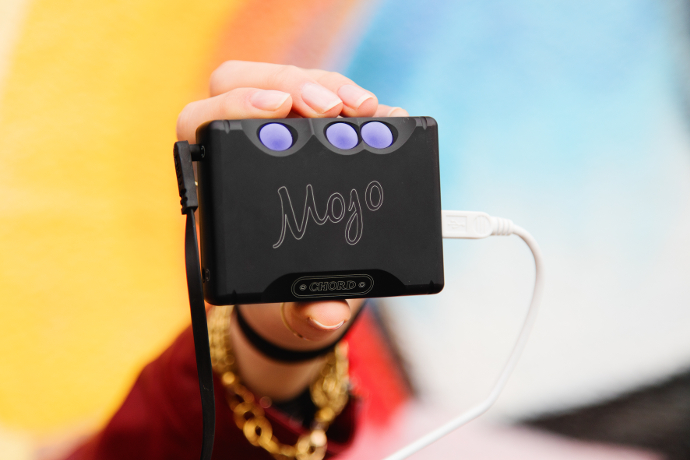
HFN: Your products are amongst the most popular designs, especially Mojo slaughtered the portable DAC/Amp market, how could it still be improved?
RW: Better FPGA’s! But we are probably several years away from the next generation from Xilinx.
Learn more about Rob Watts on page 2 of this interview!






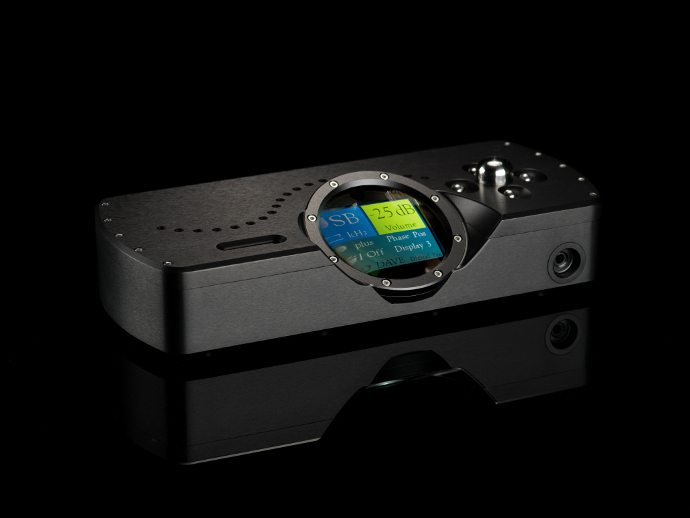
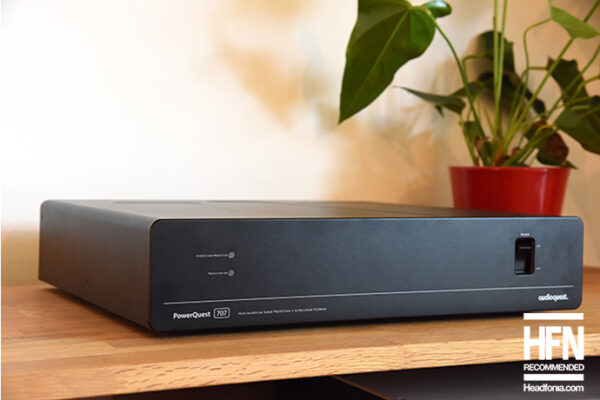
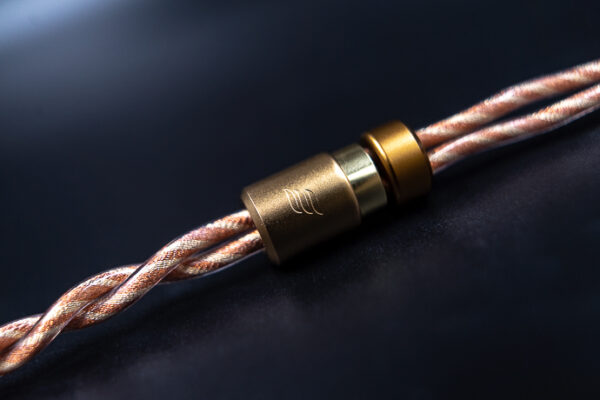
Bots
It seems like Rob was thinking of something else in the question about burn-in. He talks about burn-in in terms of a problem to be solved, rather than what the interviewer was (presumably) asking–i.e. whether or not an earphone or player’s sound quality changes/improves over time through continued use.
Linus
True, I tried to get him to say wether or not he believed in Burn-in (sq changes over time), but honestly, I like his answer a lot.
What he says is, that the break-in effect is only there because one component is not behaving like it should, and therefore is an error in the design. Take it out and you’re left with better gear.
peter jasz
Mr. Watt’s work is fascinating for a couple reasons.The first being the resultant superb sound quality of his DAC / Up-sampling designs.
The second reason is crucial; both amazing, and telling.
Mr Watt’s is a passionate listener/ music lover. He actually ‘listens’, as opposed to turning a naive (and deaf) eye/ear -lol to anything outside what popular belief / spec’s say; something that plagues product offerings from the likes of men such as Benchmark’s chief designer, and in all honesty a litany of other manufacturer’s who view “specifications” as the Last Word when it comes to technical design who neither have the time, inclination or basic desire to listen. Ask anyone at all, about loudspeakers, amps, headphones DAc’s etc., and they ultimately wish to know the most basic thing of all: “How does it sound?”.
To think there are company’s who don’t even listen (carefully/critically to their wares is almost to absurd to believe,. Yet, it’s true.
No greater example (arguably) of this ‘indifference to “listening tests/subjective evaluations” than Benchmark’s lead designer, Mr. John Siau -a well-known, so-called “Objectivist”. If it doesn’t say so on the spec sheet it just ain’t !! (??)
Such company’s products simply fail to make waves or a lasting impression on listener’s for they care NOT to investigate any further that what bad, old/antiquated schooling has taught them. And it more often than not shows in their product.
What is thought to be known as irrefutable fact -is anything but,when it comes to seeking higher and higher levels of understanding. These ‘Old Dogs” belong in an era that is quickly disappearing. There is so much more to learn.
And that’s what distinguishes brilliant designer’s/thinkers such as Rob Watts/Chord (DAC’s). from so many others.
The first time I heard a Chord DAC was in/around 2004 -I guess it was Chord’s DAC-64?
I worked at a hi-fi retail store (that carried excellent gear -but not Chord) and was taken aback upon listening to that brilliant DAC. It was fast, open, transparent, clean -and musical. As I relayed to the customer (Mr. Smith are you listening/hearing this? lol)
And that was 15-years ago !
,
If anyone has Mr. Rob Watt’s business contact information, please forward. (I can’t seem to find his own company -not Chord Electronics.
Anyway, back to Chord/Watt;s DAC’s: Great stuff that other manufacturer’s should learn from.
I look forward to sampling Hugo 2, Qutest, and M-Scaler. A lifetime of passionate, sensible work went into several crucial/critical elements of Watt’s circuits/chips that Mr. Frank’s/ Chord Electronics has smartly employed -and to great commercial/critic success to confirm. Nicely done.
peter jasz